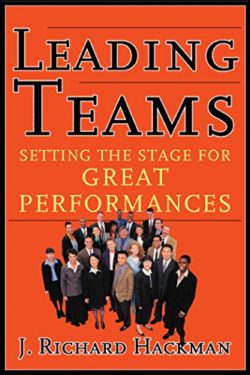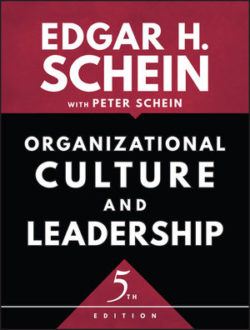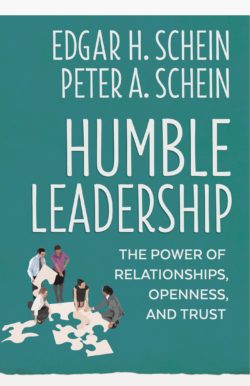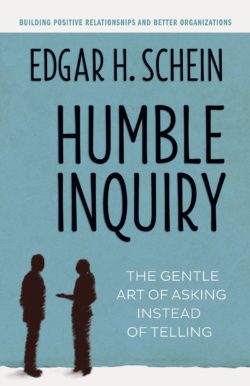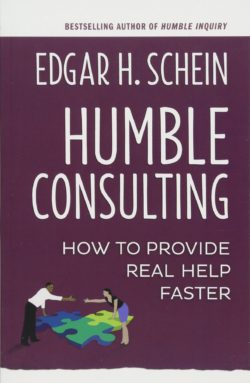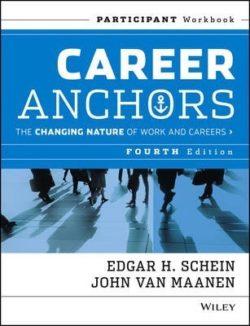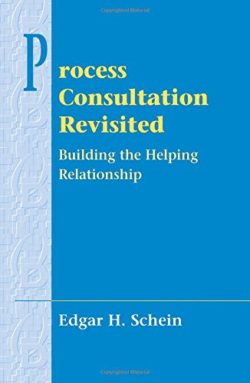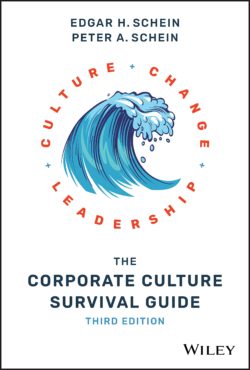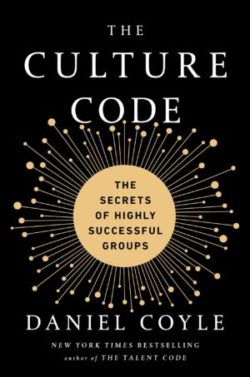“Helping is a common yet complex process. It is an attitude, a set of behaviors, a skill, and an essential component of social life. It is the core of what we think of as teamwork and is an essential ingredient of organizational effectiveness. It is one of the most important things that leaders do and it is at the heart of change processes.”

